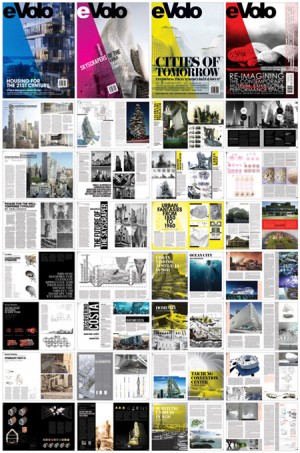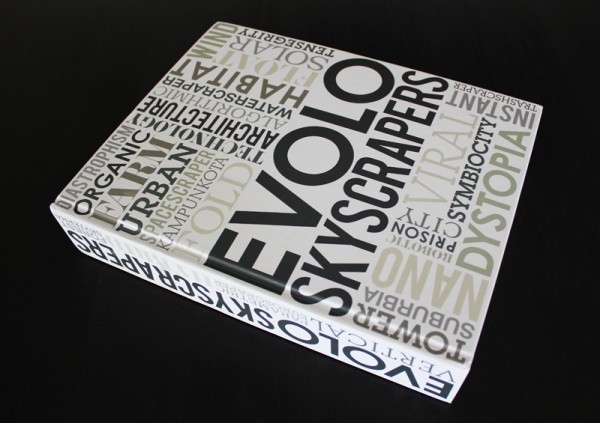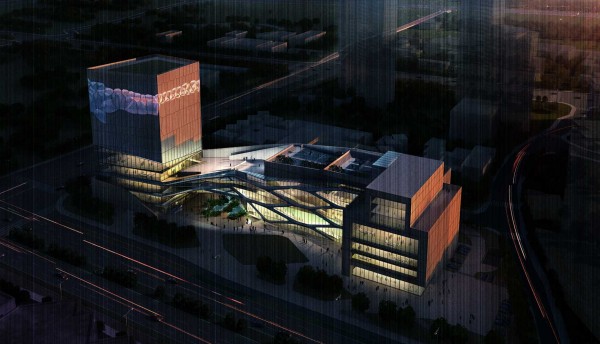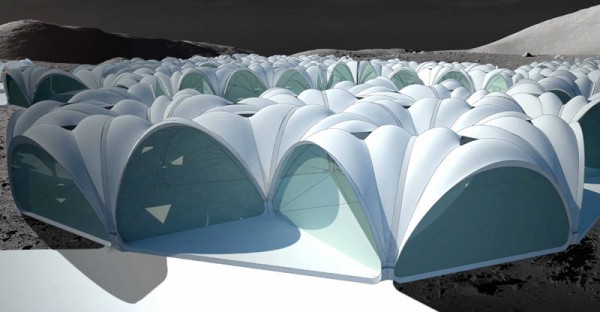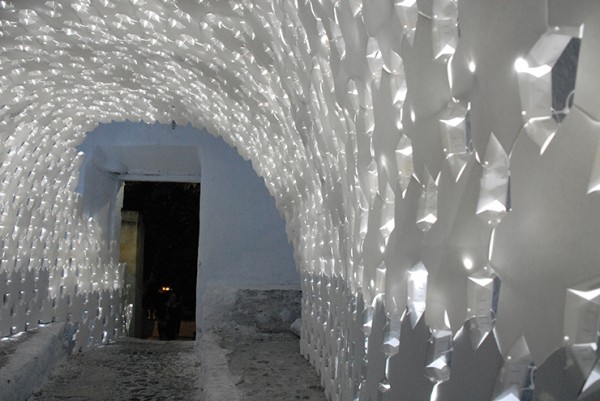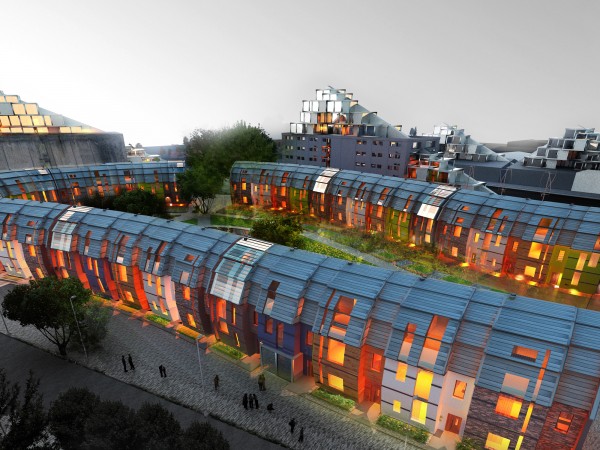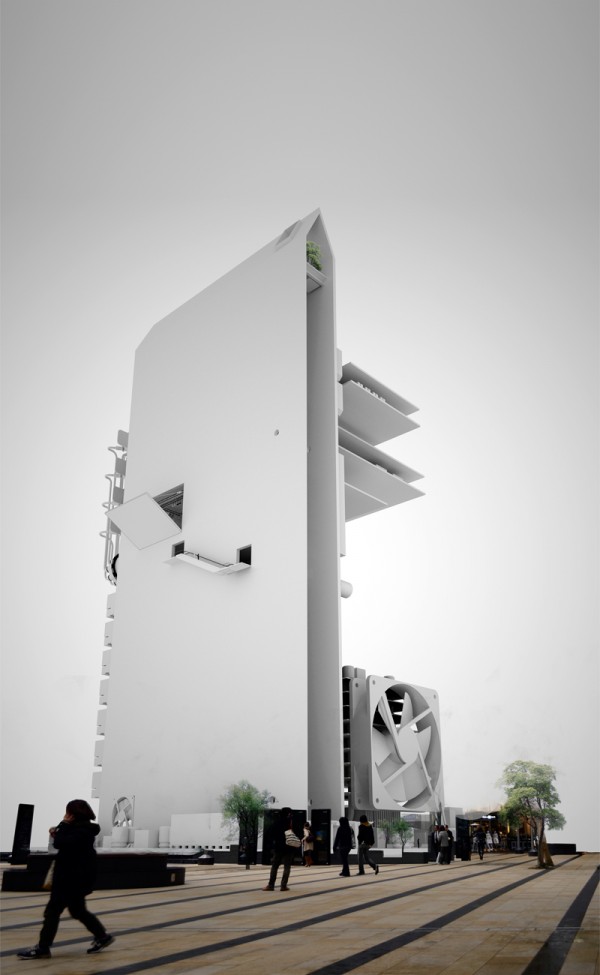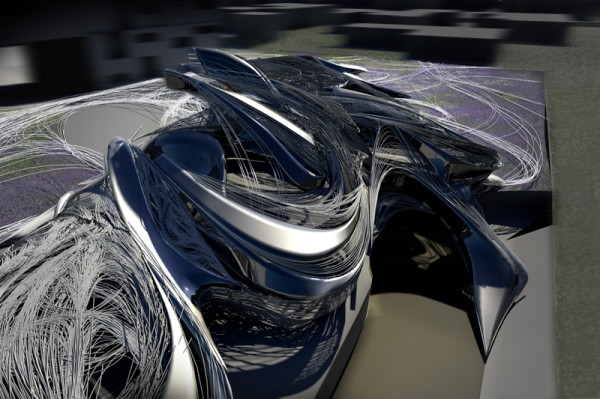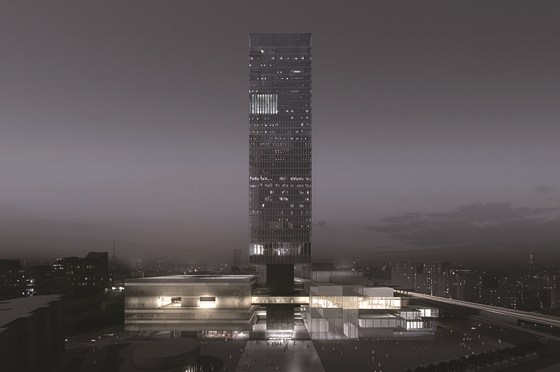It is a great pleasure to inform you that we have been named by the WSJ one of the leading independent architecture magazines in the world. We are also celebrating another great year of editorial creativity. To celebrate we are offering all our readers worldwide a 60% discount on the entire eVolo Collection – only 300 sets available.
Regular price: $100
Celebration price: $40 (Celebration price is only available for 1 week – September 3-10)
eVolo 01: Housing for the 21st Century
Cover: Perfect Bound
Size: 9″ x 11.5″
Pages: 176
ISSN: 1946-634x
ISBN: 978-0981665818
eVolo 02: Skyscrapers of the Future
Cover: Perfect Bound
Size: 9″ x 11.5″
Pages: 200
ISSN: 1946-634x
ISBN: 978-0981665825
eVolo 03: Cities of Tomorrow
Cover: Perfect Bound
Size: 9″ x 11.5″
Pages: 130
ISSN: 1946-634x
ISBN: 978-0981665832
eVolo 04: Re-imagining the Contemporary Museum, Exhibition & Performance Space
Cover: Perfect Bound
Size: 9″ x 11.5″
Pages: 192
ISSN: 1946-634x
ISBN: 978-0981665856

